Research
Research areas of The Gadhave Lab
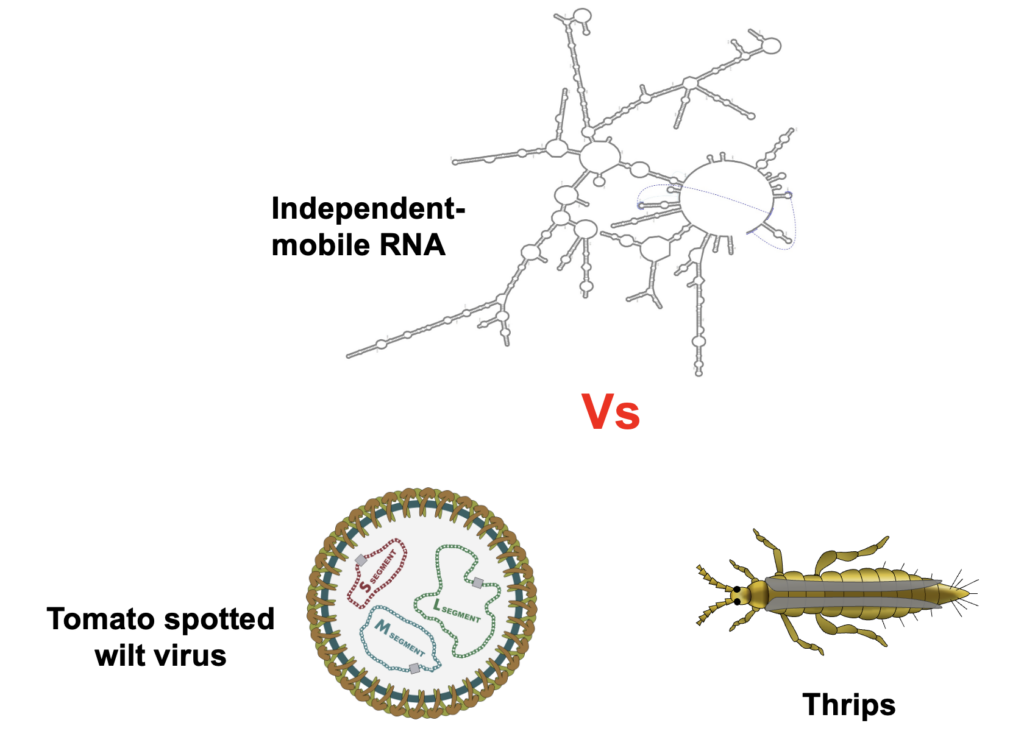
Novel RNA therapy against TSWV & Western Flower thrips
This is unquestionably one of the most devastating pest-disease complexes for growers in Texas and globally. TSWV is a pandemic virus with an estimated economic impact over $1 billion annually. Broad spectrum single gene resistance to TSWV was deployed in commercial tomato (‘Sw-5b’ gene) and pepper (‘Tsw’ gene) cultivars worldwide. However, increasingly more virulent resistance breaking (RB) strains of TSWV have been reported across the globe in recent years, which have compounded TSWV risk at an unprecedented scale. Our research program is using a novel, small, independent-mobile RNA (iRNA) — the basis of novel RNA therapy — to develop and deliver targeted therapeutics against TSWV and thrips. This highly innovative project will generate proof-of-concept efficacy data in vegetable crops crucial to developing iRNA as a novel, sustainable, economically viable, and environmentally friendly technology in integrated pest management (IPM), while evaluating new TSWV resistant germplasm. Our key collaborator is Silvec Biologics.
Funding:

Press:
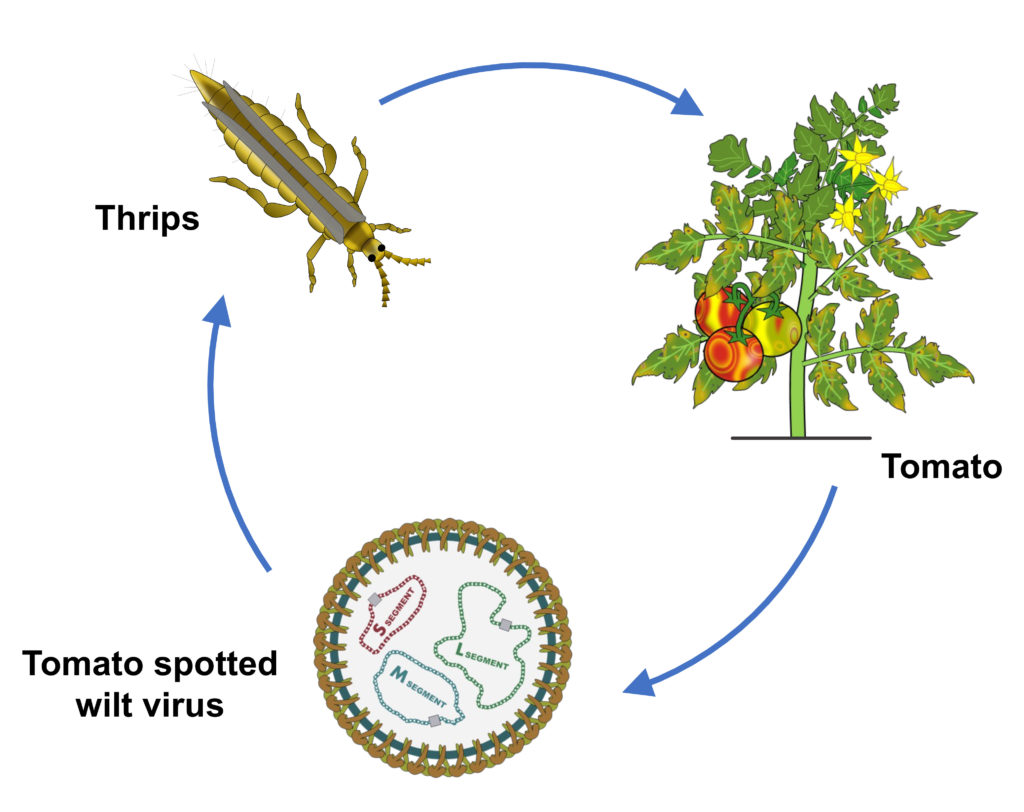
Integrative strategies for TSWV/Thrips surveillance, detection and management
Our interdisciplinary team of researchers from multi-state partnering institutions: Texas A&M AgriLife Research (Amarillo and Fort Worth), Texas A&M University (College Station), North Carolina State University (Raleigh, NC) and University of California, Davis (Davis, CA) is conducting a three-year study with the primary goal of developing integrative strategies for the surveillance, detection and management of novel resistance breaking (RB) strains of tomato spotted wilt virus, a pandemic agricultural pathogen and its cosmopolitan supervector, thrips. This project aims to enhance the competitiveness of two specialty crops of paramount importance to the food and nutritional security of the US- tomato and pepper.
Relevant publications:
Chinnaiah, S et al. Frontiers in Microbiology. https://doi.org/10.3389/fmicb.2023.1257724
Chinnaiah, S et al. Plant Disease. https://doi.org/10.1094/PDIS-11-22-2699-PDN
Gautam, S et al. Plant Disease. https://doi.org/10.1094/PDIS-09-22-2274-PDN
Funding:



Fundamental TSWV RB-Sw5b interactions
Through an NSF-NIFA PBI-funded project, we are conducting an integrative analysis of resistance-breaking (RB) strain protein interactors in tomato genotypes carrying the Sw-5 resistance gene to elucidate the RB strain–host interactome. Our approach combines molecular, genetic, proteomic, and metabolomic methodologies to systematically dissect the mechanisms and pathways underlying TSWV infection, host interactions, and the molecular dynamics between RB strains and host defenses.
Funding:


Press:
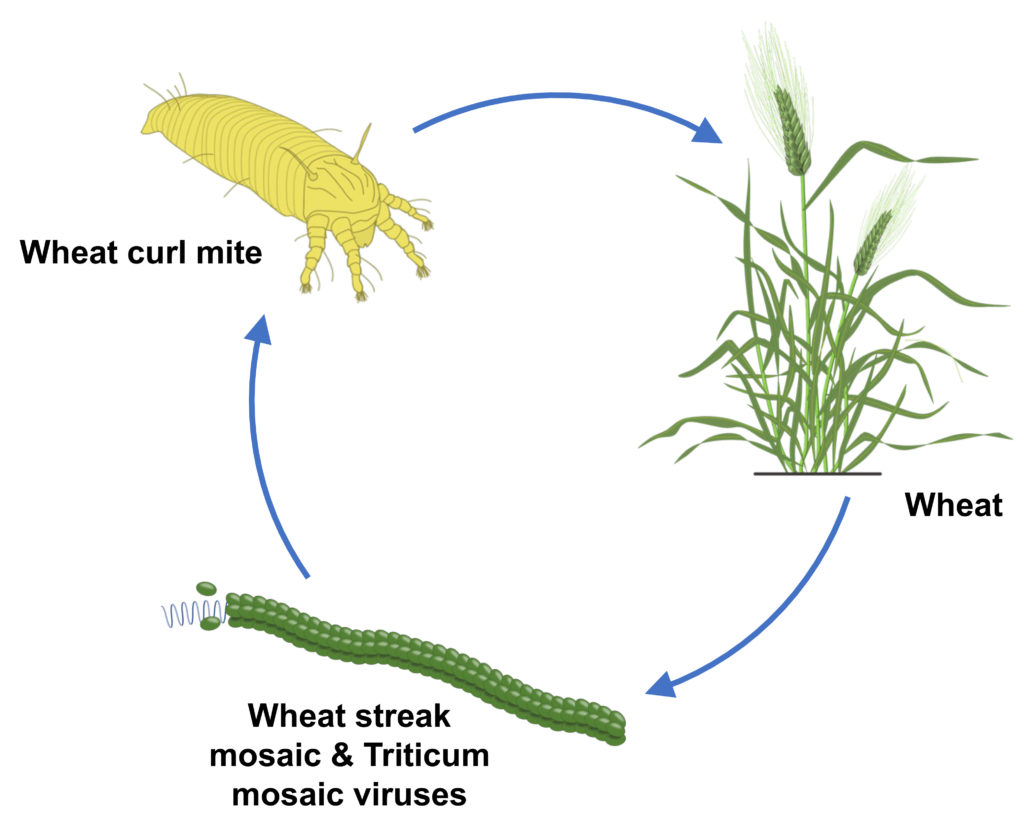
Wheat curl mite-transmitted wheat streak mosaic and Triticum mosaic viruses
The wheat curl mite (WCM, Aceria tosichella, Keifer) is an eriophyid mite species complex of at least 29 different genetic lineages. Of which, Type 1 and Type 2 are economically significant as pests of bread wheat in Australia, Europe, North America, South America, and the Middle East, especially because of their ability to transmit a range of phytopathogenic viruses, known as mite vectored virus diseases or MVVDs. Wheat streak mosaic virus (WSMV) and Triticum mosaic virus (TriMV) are of particular concern to dual purpose wheat production in Texas and the Great Plains. To address this dual threat, the primary goal of our inter-disciplinary team is to study transmission biology of WSMV & TriMV by wheat curl mites and to elucidate the impact of host resistance on pest incidence, disease epidemiology and wheat production.
Relevant publications:
Gautam, S et al. Viruses. https://doi.org/10.3390/v15081774
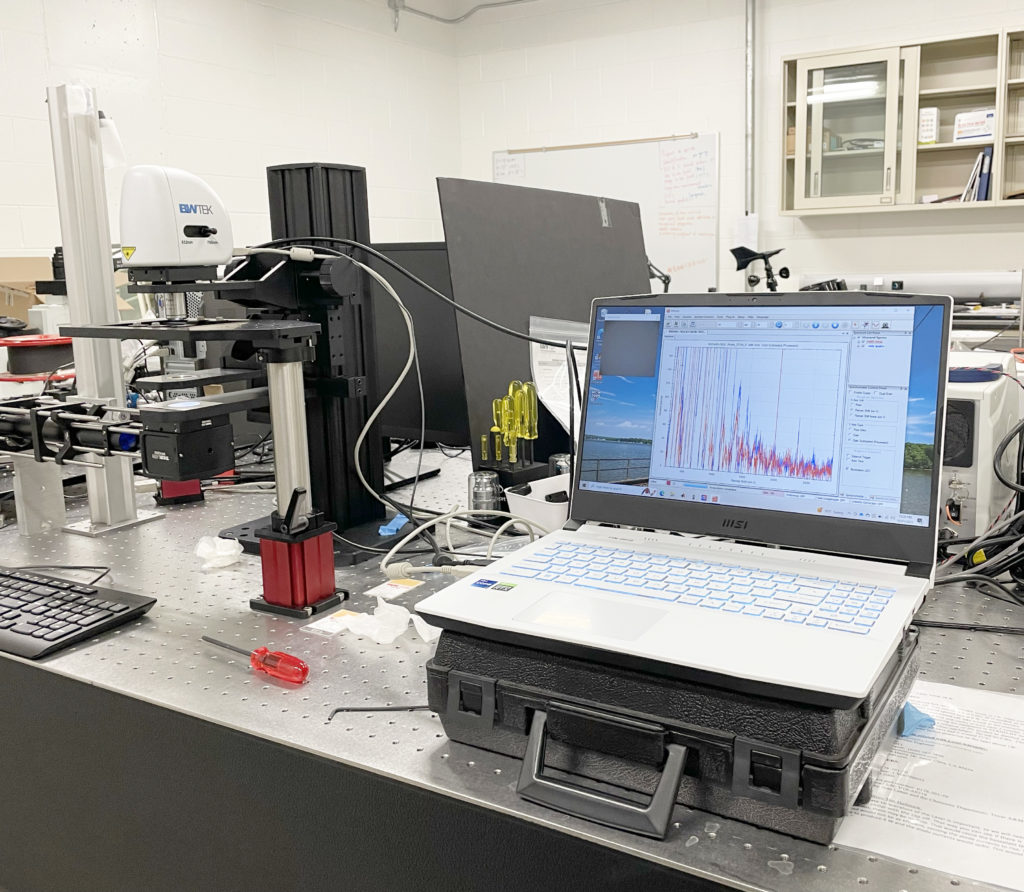
Raman spectroscopy in Crop Stress Diagnostics
Raman spectroscopy (RS), a modern analytical technique, is capable of probing structure and composition of various materials. Our lab is collaborating with Dmitry Kurouski lab at TAMU, College Station to investigate the accuracy of a hand-held Raman spectrometer in confirmatory diagnostics of biotic and abiotic stresses in different crops.
Relevant publications:
Higgins, S et al. Frontiers in Plant Science. https://doi.org/10.3389/fpls.2022.1035522
Juarez, I et al. Frontiers in Plant Science. https://doi.org/10.3389/fpls.2023.1283399
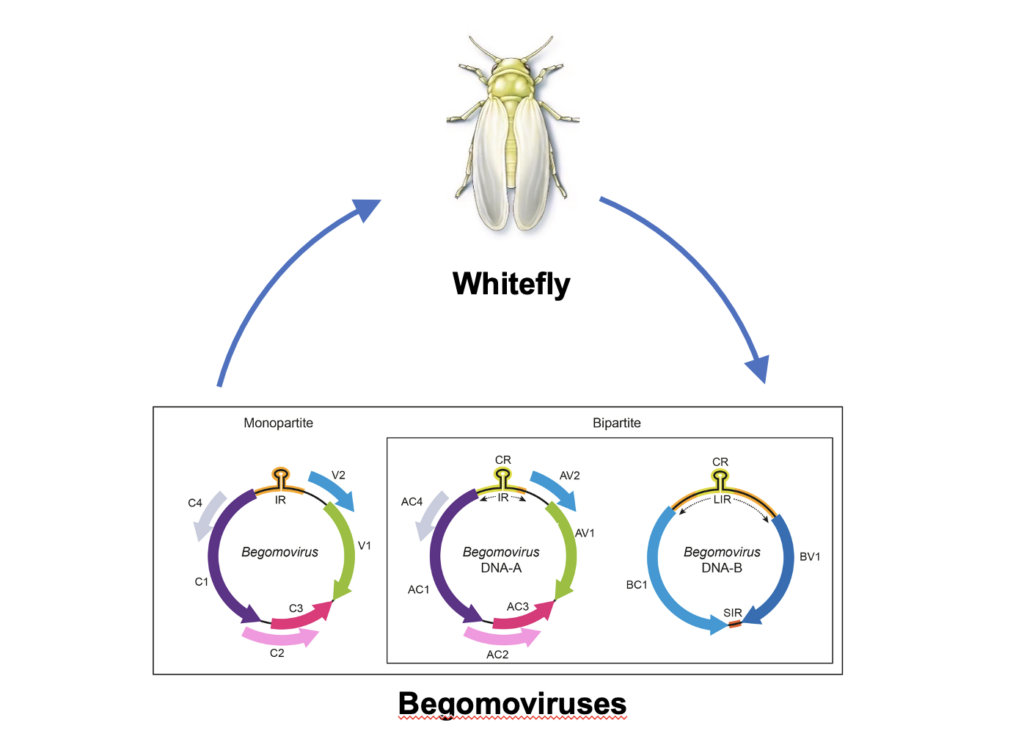
Whitefly-begomovirus Molecular interactions
Monopartite and bipartite begomoviruses are persistently transmitted by whiteflies, a super vector and a cosmopolitan pest of specialty crops. Our lab aims to understand molecular mechanisms that drive the intricate whitefly-begomovirus interactions— as a critical step towards devising novel pest management strategies.
